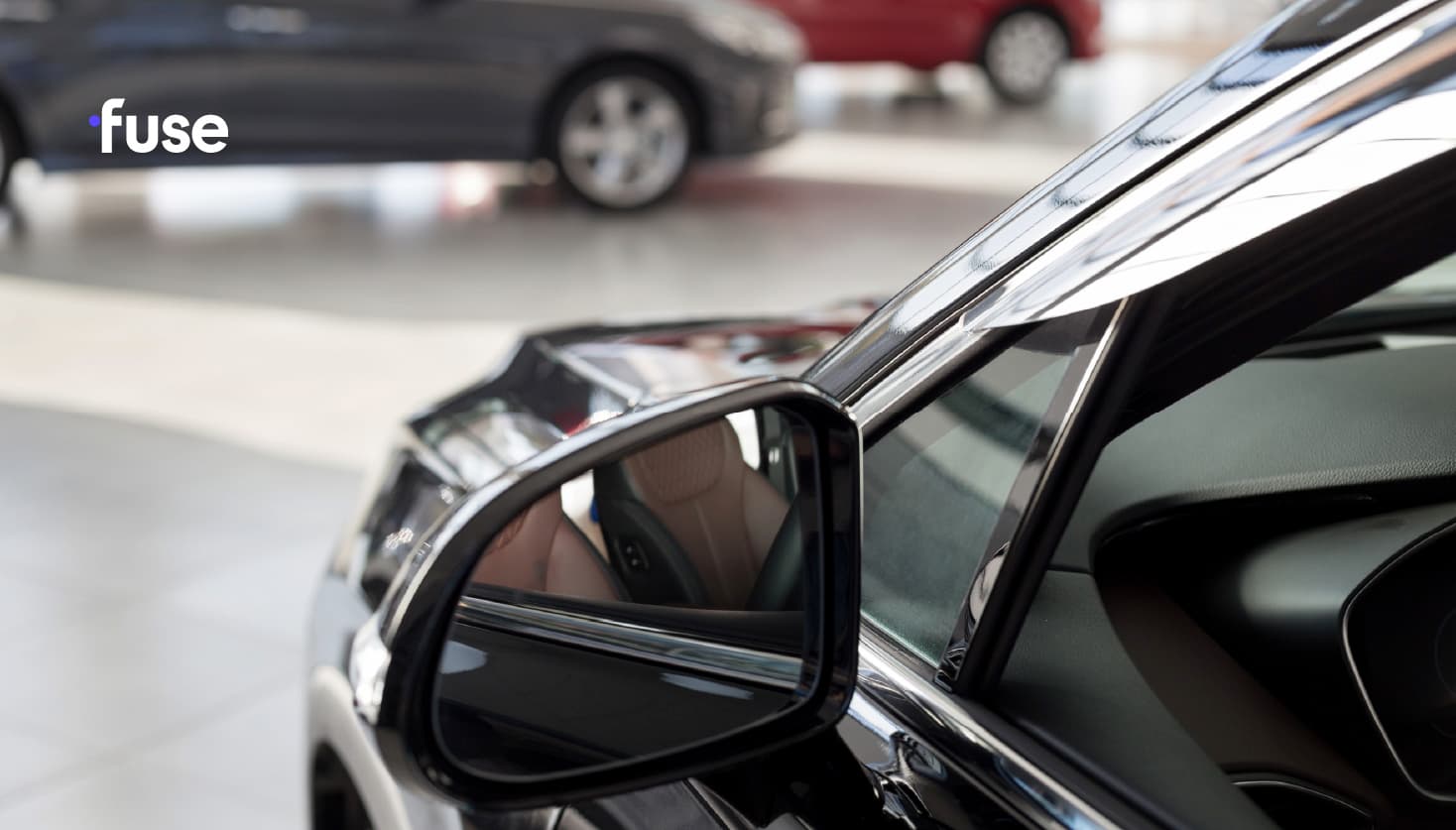Thursday, September 23rd at 11:00 AM ET
Nulla ut nisl a tellus pretium efficitur
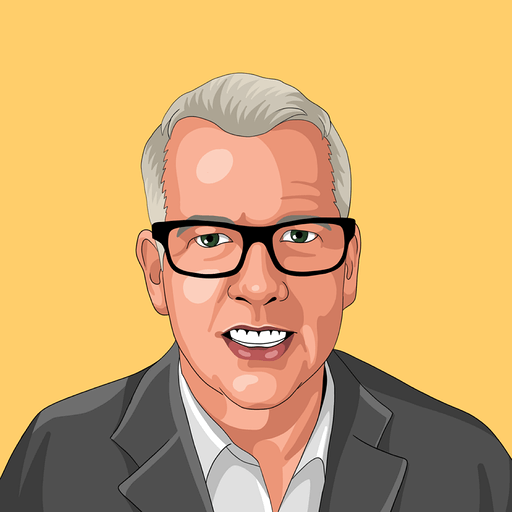
By: Tom Ryan
9 minute read
With retail automotive dealers coming off two years of record profits, now is the time to position your dealership for sustained profitability when the market inevitably normalizes.
Let’s take a look at five tips for increasing car sales and maintaining dealership profitability for the long haul.
Reuters reports that first-quarter 2022 sales of used vehicles rose by 47% for AutoNation, Inc., the top auto retailer in the U.S. However, the average gross profit on used vehicle sales fell by 10%.
According to AutoNation Chief Executive Mike Manley, the company became concerned about pricing and sales trends for certain used vehicles during the quarter and moved to clear out inventory. "We started to use the data we had available to us. We corrected very aggressively in the quarter," Manley said.
VAuto, Inc. Chairman and Founder Dale Pollak also recommends scaling back on used car inventories. Instead of the average 45-day supply, Pollak suggests balancing used car inventory against rolling 30-day sales totals. “If you’re long on inventory right now compared to your rolling 30-day retail total, the time has arrived when tempering acquisition efforts, particularly in the higher-cost sourcing channels like auctions, makes good sense,” Pollak said
In addition, ensuring your dealership’s auction buyers are acutely aware of your inventory needs is paramount.
The Manheim Used Vehicle Value Index — used to measure wholesale used vehicle prices sold at auctions — declined 1% between April and March 2022. Overall, wholesale prices have declined 6.4% since January.
The pricing dip correlates with Manheim’s estimate of a 13% decline in used vehicle retail sales in April over March, signaling decreasing consumer demand even as tax refunds reach critical mass.
Higher interest rates, sticker shock at the gas pumps, and broader economic inflation prevent some car shoppers from becoming car buyers. While the hope was that an increase in the issuance of tax refunds would bring in more car buyers, signs indicate softening sales on the used car front.
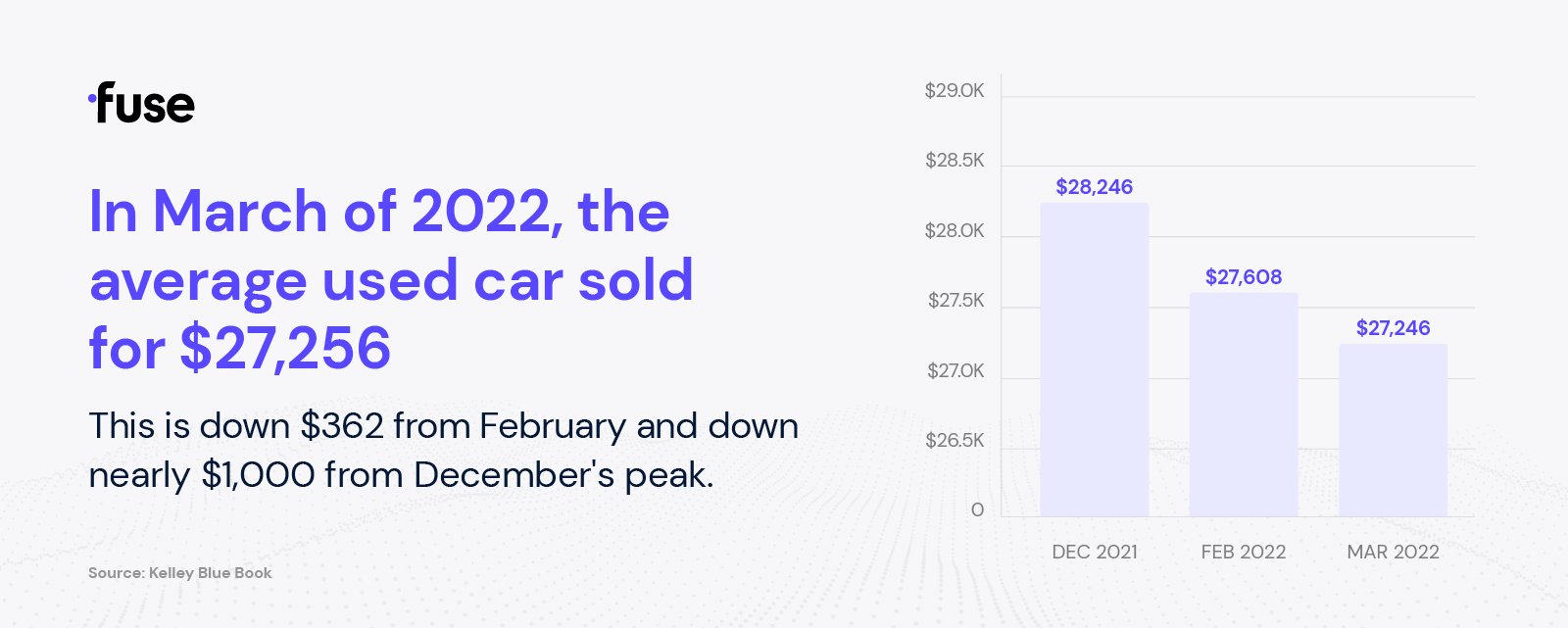
Sales prices also are trending downward in the U.S. According to Kelley Blue Book, the average used car sold for $27,246 in March – down $362 from February and down nearly $1,000 from December’s peak.
At the same time, used car prices in March increased an average of 30.4% year over year, according to an analysis from iSeeCars. However, this increase is slightly down compared to February, when the gap was 35%.
The key for dealers is to be proactive by diversifying avenues of profitability and keeping a sharp focus on used car inventories and pricing.
>> Sign Up for Email Updates - Get Great Content Like This Delivered Right to Your Inbox
In every organization, there’s room for improvement. Dealerships are no exception. Continuing to streamline processes increases dealer profitability by eliminating wastes of time and money, improving accuracy, and even reducing the length of the sales cycle.
Next, let’s dive into a few ways that dealerships today can give process efficiency a profitable boost:
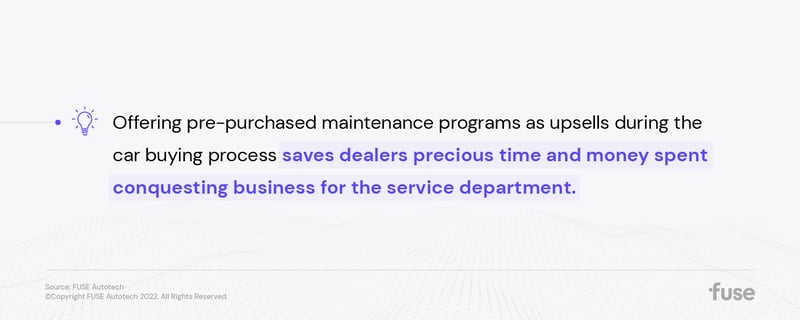
Offering pre-purchased maintenance programs as upsells during the car buying process saves dealers precious time and money spent conquesting business for the service department. It’s also profitable. It encourages repeat service business and helps drive customer loyalty by turning one-off vehicle purchases into lucrative dealer-client relationships.
The secret to upselling prepaid maintenance plans is to emphasize the value well before the car deal gets signed and financed while providing customers with flexible payment terms and/or transferability.
Removing commissions from the sales process often leads to higher employee satisfaction and less turnover.
With a commission-based model, salespeople don't have foresight into how much they will earn each month. How much they earn also depends on which vehicles they sell and for how much, meaning it behooves your sales team to focus on selling the most expensive cars to any and every customer on the lot. Selling costlier vehicles can increase dealer profitability, but losing customers due to pushy sales tactics will pull that profitability factor down.
Leveling the playing field with non-commissioned auto sales provides income stability for your sales staff while empowering them to sell more cars (vs. sell more expensive cars), thanks to a more comfortable customer buying experience. A non-commissioned approach can also reduce your dealership’s direct compensation cost to sell a car from $1,605 (the NADA average) to $867.
>> Download the Guide - Driving Dealership Customer Satisfaction and Profits with the Modern Retail Approach
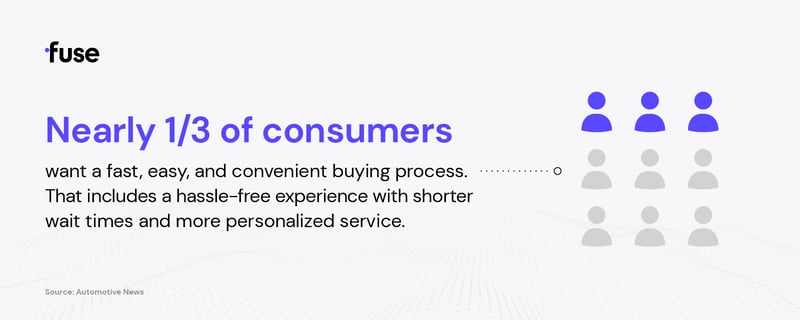
Nearly a third of consumers surveyed by NADA Academy want a fast, easy, and convenient buying process. That includes a hassle-free experience with shorter wait times and more personalized service. Therefore, dealers must remove friction from the car buying experience to ensure long-term success in the highly competitive automotive retail market. Here are some proven friction-reducing strategies to employ:
One of the largest retailers of used cars, Carmax, has been a one-price dealership since its founding, and Carmax sold more than 750,000 used vehicles in the 2021 fiscal year alone. Need more convincing? Here’s why so many dealers are making the switch to one-price selling:
For more on one-price selling, check out this deep dive into how the model works.
A single-point-of-contact sales model streamlines dealer operations while removing friction from the customer experience. Single point of contact (SPOC) is a one-person sales process. So, one person works with a customer every step of the way, from selecting and test driving a vehicle on through the financing, protection product presentation, signature, and delivery stages of the transaction.
SPOC sales models are delighting customers and proving profitable for auto dealerships around the country. After moving to SPOC in 2012, Walser Automotive Group saw 23 of its 27 stores across three states significantly increase market share. To learn more about how SPOC can add efficiency and increase dealer profitability, read this.
Consumers today have come to expect greater transparency while shopping for goods and services. Brands like Amazon and Progressive Insurance Company have helped lead this charge. However, many dealers struggle to meet consumer expectations regarding transparency. The good news is, when paired with the other tips presented in this article, the right dealership software can make all the difference. Here’s how:
These days, the car buying process starts long before the customer talks to a salesperson. Customers research vehicles online by reading reviews, combing dealer inventories, and seeking out deals and incentives.
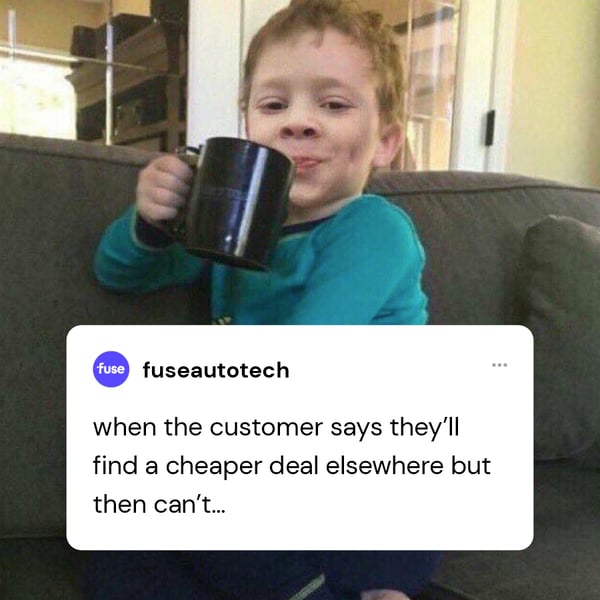
The right software is dynamic enough to ensure your website specials and digital ads reflect up-to-date pricing and payment information based on your dealership’s current and incoming inventory. The right software enables a fully digital retail experience by providing customers with everything they need to make a purchasing decision at the moment of interest. The right automotive digital retailing software also delivers frictionless financing.
Gone are the days of car buyers sitting for hours in an office waiting for approval and the payment terms. The right dealership software brings multiple legacy systems together into a single finance management solution, making the auto F&I process faster and more transparent. The right automotive finance software lets customers sign-and-drive in less than an hour.
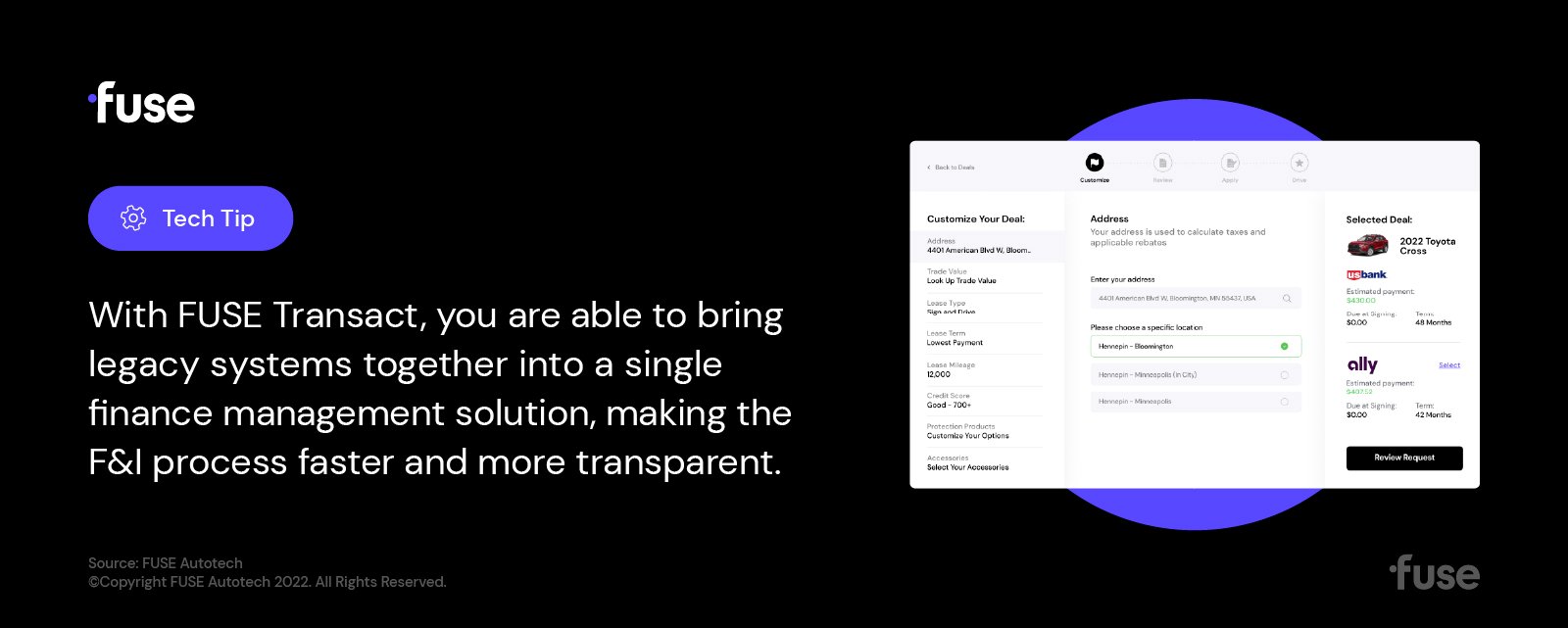
Think about it: the faster the process, the more likely the deal will close. And the faster the process, the more buyers you can move through your dealership.
Your dealership is positioned for maximum profitability if you’ve prepared for a softening in used car gross profits, added efficiency to your processes, removed friction from the customer experience and implemented the right software. However, to sustain that profitability for the long term, your team needs training and development.
For an automotive retailer to compete based on customer experience, investing in ongoing training is essential. Your team shapes the customer experience and they must remain sharp to retain your competitive edge.
At the same time, every business is unique. In addition to software, Fuse Autotech provides customized team training and coaching sessions tailored to the specific needs of your dealership.
If you’re ready to build and sustain maximum profitability for your dealership, get in touch with us today.
>> See How Fuse Transact Works - Watch the Video Now
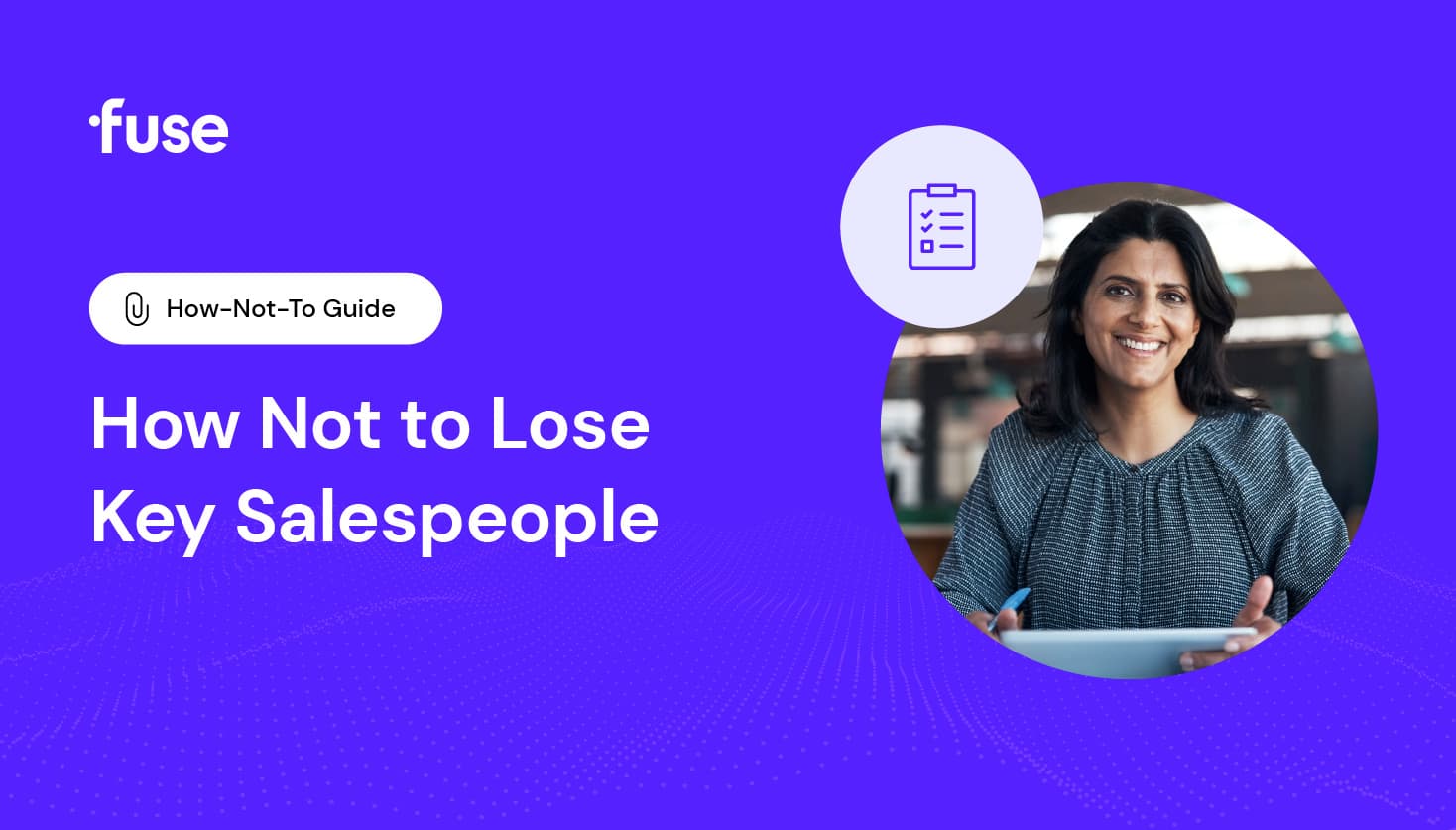
Do you regularly find yourself advertising job roles to fill in where employees have left? With long working hours and a high-pressure environment centered around demanding sales targets, it’s easy...
News and Insights
8 min read

Transitioning to a single-point-of-contact (SPOC) sales model is one of the rare times in business where adding efficiency does not come at the expense of customer or employee satisfaction. Quite the...
News and Insights
7 min read
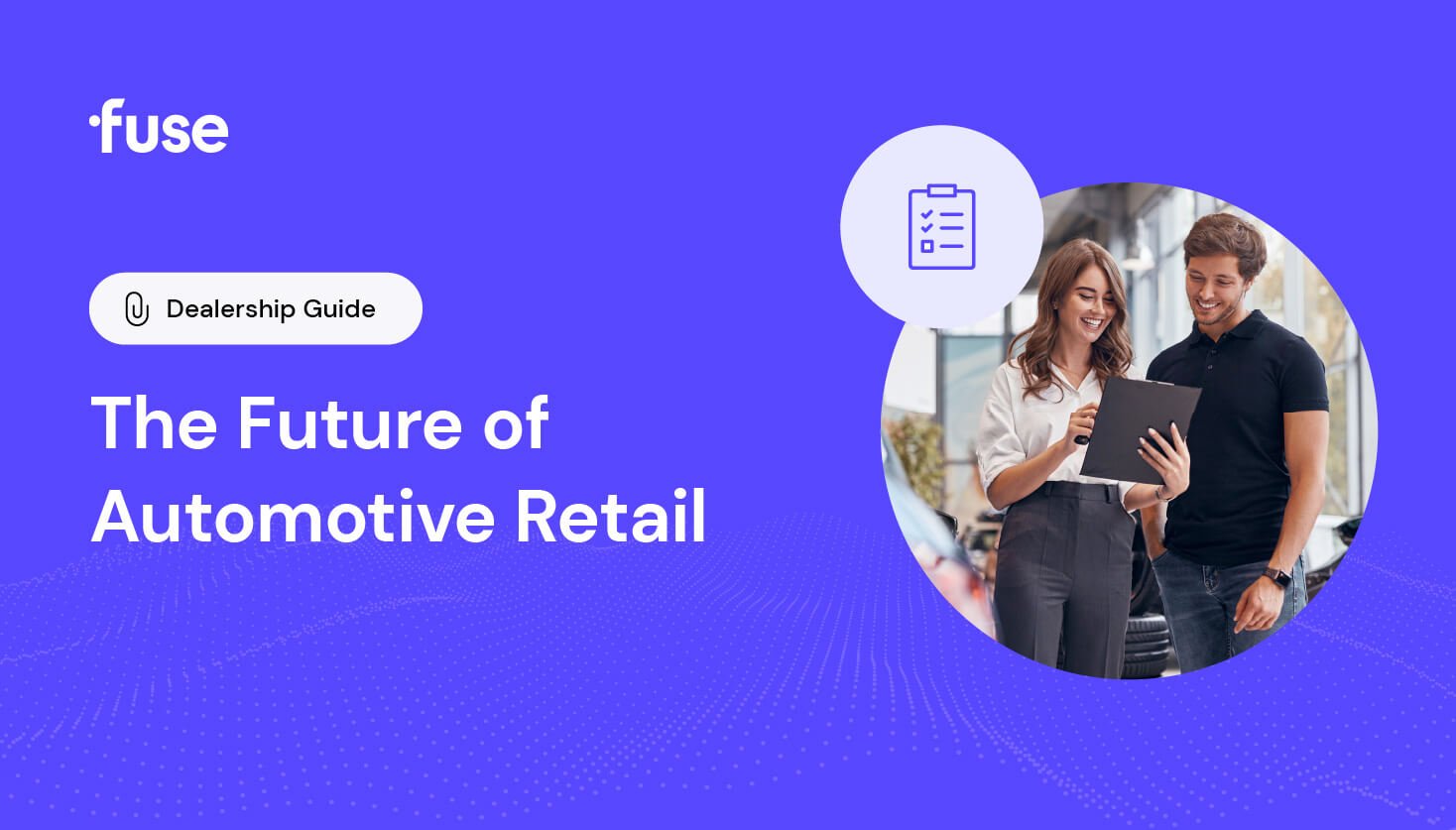
Today’s electric and hybrid cars appear nearly unrecognizable when compared to the first gas-powered car models created in the 1880s. The same cannot be said for the actual process of buying a...
News and Insights
10 min read
